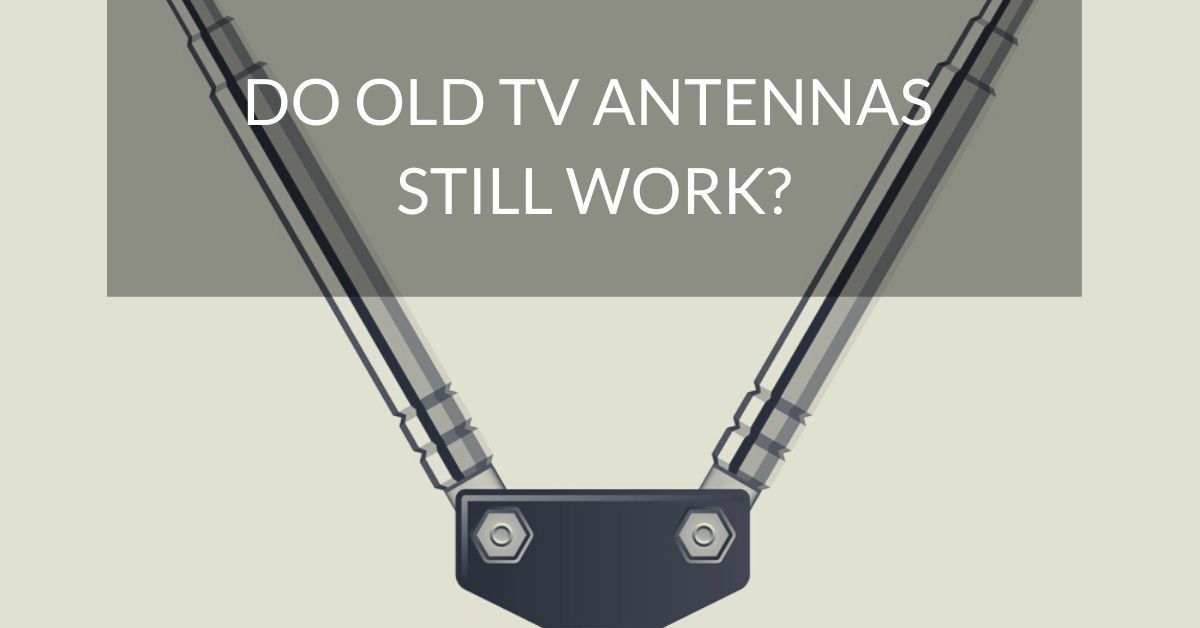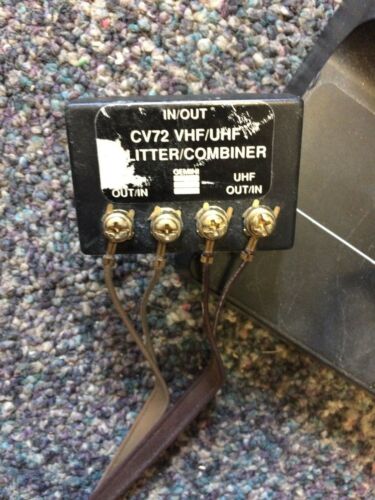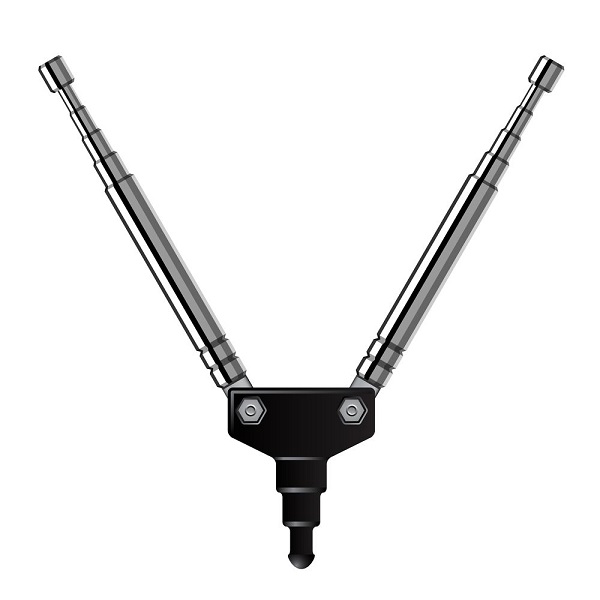
*As an Amazon Associate we may earn from qualifying purchases when you buy through links on our site.
You might remember back in 2009 when TV broadcasts in the United States transitioned from analog to digital.
The only thing you would have needed was a new TV equipped with an ATSC tuner (also known as a digital tuner) to receive and display the digital TV broadcasts. Or a special converter box to connect directly to your antenna – in order to feed the signal to your old television.
But you would not have needed – and still don’t need – a new antenna necessarily, unless your antenna was of the VHF variety and digital broadcasters near you switched to UHF frequencies during the transition.
You see, broadcasts of TV signals are radio frequency waves travelling through the air until your antenna picks them up and converts these to electrical current for display by your TV.
Whether the information in those waves is encoded for processing by analog tuners or digital tuners, is immaterial as concerns the antenna itself, which is designed to just receive waves of a certain size, and convey these to your television.
Why Did We Move to Digital Broadcasting?
The reason why we transitioned to digital was because of three main advantages that digital television (DTV) offered over the old analog TV:
- Sharper and more colorful images (and today of course 4K picture)
- Higher-quality audio
- Simultaneous broadcast of multiple channels on one radio frequency channel (as digital subchannels, otherwise known as virtual channels)
In 2009, the FCC mandated the switchover to digital and many TV stations decided to also switch their broadcasts from VHF to higher-frequency UHF channels for their digital content.
Do You Need a Special Antenna for Digital TV?
By now you’ve seen that the answer is a definite “no.” You can use any old TV antenna, whether manufactured in the 2020s or in the 1950s, to receive today’s over-the-air television signals.
Don’t let modern nomenclature like “digital antenna” or “HDTV antenna” fool you. It’s all the same old set of metallic dipoles – the only difference between TV antennas fifty years ago and today might be their size and shape.
Because UHF frequencies tend to feature wavelengths that are narrower and smaller than that of VHF frequencies, today’s indoor and outdoor antennas tend to have smaller dimensions than their older cousins.
Unless you’re talking about some VHF behemoth that you saw on a roof somewhere out in the countryside.
Let me explain.
The smaller and tighter wavelengths of UHF frequencies make them better suited for broadcasting in urban environments, where physical obstacles like houses, roofs, and tall buildings abound.
These smaller waves penetrate into homes better than their longer VHF counterparts, and the reception is usually great if you’re within 15 miles or so of the nearest TV station.
Thus the popularity of indoor antennas today.
But whatever benefits you get from UHF at shorter ranges, you sacrifice these at longer ones as UHF is typically broadcast at lower transmission power and doesn’t travel at such long distances as VHF.
And so out in the countryside, the best TV antennas that work are usually high and low VHF ones that can pick up transmissions from farther away, but are correspondingly much bigger than your typical urban antenna.
How Do You Hook Up an Old Antenna to a New TV?
Receiving TV channels over the air still requires a digital tuner even if you have an antenna. Most digital TVs already have a digital tuner built into them, which may (but not always) be identified by a label such as “ATSC” near the antenna coax port on the back of the TV.
If you still watch programs on an old tube TV (analog television), you would have hopefully already obtained an external digital tuner like a converter box. Converter boxes are generally affordable, for example, the Mediasonic HW130STB that includes a digital recorder.
Now, one thing to observe with earlier antennas is that they used 300-ohm twin lead cable rather than modern coaxial cable to connect with televisions.
You may have seen twin lead cable before: it’s flat antenna wire consisting of two leads separated by insulation. These two leads terminate in U-shaped connectors as shown below:

If your antenna has such connectors then you should consider a twin lead to coaxial cable adapter.
Once you attach such an adapter, the rest of the installation follows normally since we’re now using a coax cable.
Do Rabbit Ear Antennas Work with Digital TV?
Omnidirectional rabbit ears are the oldest, and previously were the most common type of indoor antenna. It was designed to receive VHF signals, ideally when you lived at closer ranges to the broadcasting tower.
They’re easy to install and consist of two telescoping metal rods connected to a common base, making them a type of dipole antenna.
This design allows the direction of each rod to be adjusted independently of the other, which allows it to be easily placed in space-challenged areas.
Rabbit ears have a wide-angle reception pattern that often allows it to receive signals from multiple stations in different directions without requiring adjustment when the channel is changed.
You can still use rabbit ears antennas today, even with a smart TV. Rabbit ears antennas themselves aren’t as popular as before because of the advent of UHF broadcasting, which has engendered today’s small, square-shaped indoor antennas.

Final Thoughts
TV broadcasters and stations haven’t changed the way they broadcast television signals over the air, and so old TV antennas will still receive today’s free channels like NBC, ABC, CBS, Fox, and more.
TV antenna design has changed, however. The digital broadcasting switch to UHF has influenced the popularity of certain designs, as smaller and more compact sizes are now more popular than the larger, sometimes sprawling VHF designs of the past.
